‘Historical Data Papers’
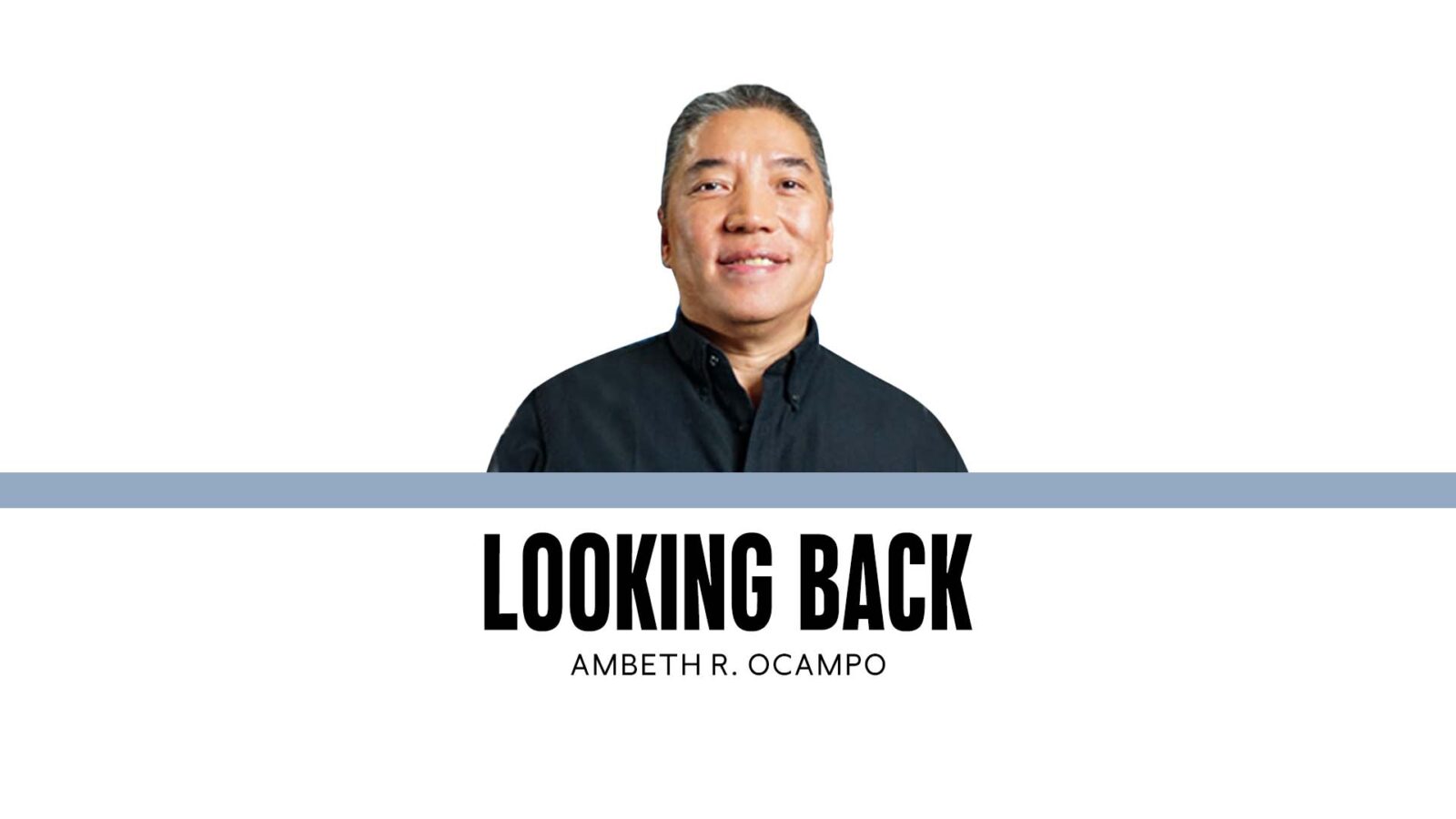
Textbook history drills us into remembering people and events relevant to the development of the nation. We forget that history is also about forgetting. In 1971, Republic Act No. 6215 renamed Governor Forbes Street in Manila to Mayor Arsenio H. Lacson Street without any justification. Ah, basta! There it is. With “Por-bes” Manila long gone, we are left with upper-crust Forbes Park in Makati. Lucio Tan once told me about the many mortgaged properties in “Pob-res” Park. In 1911, Forbes instructed municipal officials to extract from old people memories and memorabilia of the history of their communities, and transmit all these to the National Library in Manila. These papers would have been the backbone of local history, but all were lost or destroyed during the 1945 Battle for Manila.
Following Forbes’ example, the Department of Education under the Quirino administration instructed schoolteachers to send histories of their communities to Manila. These were collated and bound at the National Library. It is now known as the “Historical Data Papers.” While the materials are of uneven quality, they remain a largely untapped mine of information recently given its due through the research of historian Greg Bankoff, who is using these to inform his work on disasters and disaster response in the postwar Philippines.
Not in the National Library are two other resources compiled from the term papers of students who studied at the University of the Philippines under the eminent anthropologists H. Otley Beyer (1883-1966) and E. Arsenio Manuel (1909-2003). Beyer’s students did research in their communities covering a wide range of topics: from aswang and superstitious practices to documenting: language, literature, history, etc. These were later classified by region and when bound were known as the Beyer “Philippine Ethnographic Papers.” Unfortunately, the papers were dispersed after Beyer’s death with the majority preserved at the National Library of Australia. I was able to browse the collection on microfilm many years ago and remember being drawn to papers on local industries: shoemaking in Marikina, cheese-making in Laguna, patis fermentation in Malabon, or balut in Pateros. It also helps that all the material is in English.
When I visited E. Arsenio Manuel in his UP Village home decades ago, he showed me his version of the Beyer Ethnographic Papers. These were term papers bound into what he called the “Pasig Papers.” Unlike the prewar Beyer papers, the postwar Pasig Papers were bound by year and the different classes taught by Manuel. To locate papers of interest one had to consult an index of titles that led you to the specific volumes. A pity that this treasure trove was not reproduced in microfilm or scanned before being sold and dispersed after Manuel’s death. I hope that these were not consigned and sold per kilo as scrap paper to junk shops. I pray the remaining volumes will come to light someday, together with Manuel’s unpublished work that I saw tied up in three knee-high bundles beside his bed.
Historians are forever grateful to pack rats who did not throw anything away. People sometimes come up to me after lectures carrying clippings of my columns and articles These are accepted with thanks simply because I do not have a file of my published work. Fortunately, a lot of my columns have been compiled into books but I am missing one or two volumes having thoughtlessly given them away.
Bound clippings, or in Spanish, “recortes,” are particularly helpful because one need not search for individual articles on a given topic over different newspapers or magazines on multiple dates. In the UP Main Library, all their clippings on Rizal from the 1940s were photocopied and bound into many scrapbooks and left on the open shelf. These were anything and everything on Rizal the librarians could find. While 95 percent is junk, the 5 percent is a valuable hoard that led to many lectures and columns.
In the Augustinian Library in Valladolid, Spain, there are 69 bound volumes of clippings compiled by Fr. Eduardo Navarro, which cover the Philippine Revolution from 1894 to 1899. Imagine, the friar patiently collected all relevant newspaper articles (from morning and afternoon editions), pasted these on pieces of paper, and had them bound together. While it can be argued that the source materials project the enemy’s point of view, having these is half the battle done, as the clever Filipino historian can extract morsels of truth even from the most biased of primary sources.
Anyone who wants to study the growth of modern or abstract art in postwar Philippines, should begin with the scrapbooks compiled by Purita Kalaw-Ledesma at the KL Library in Makati. Aside from art reviews and press releases for art exhibits, the scrapbooks contain photographs, invitations, letters, even drawings and minor art works presented to Ledesma, who served as founding president and muse of the Art Association of the Philippines.
There is more available at home and abroad merely waiting to be discovered.
Ambeth is a Public Historian whose research covers 19th century Philippines: its art, culture, and the people who figure in the birth of the nation. Professor and former Chair, Department of History, Ateneo de Manila University, he writes a widely-read editorial page column for the Philippine Daily Inquirer, and has published over 30 books—the most recent being: Martial Law: Looking Back 15 (Anvil, 2021) and Yaman: History and Heritage in Philippine Money (Bangko Sentral ng Pilipinas, 2021).


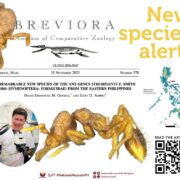


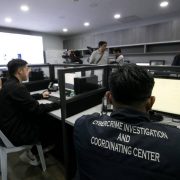


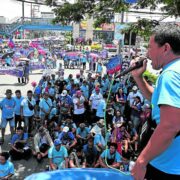
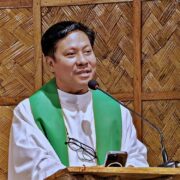
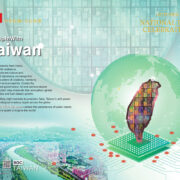

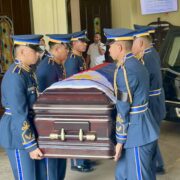


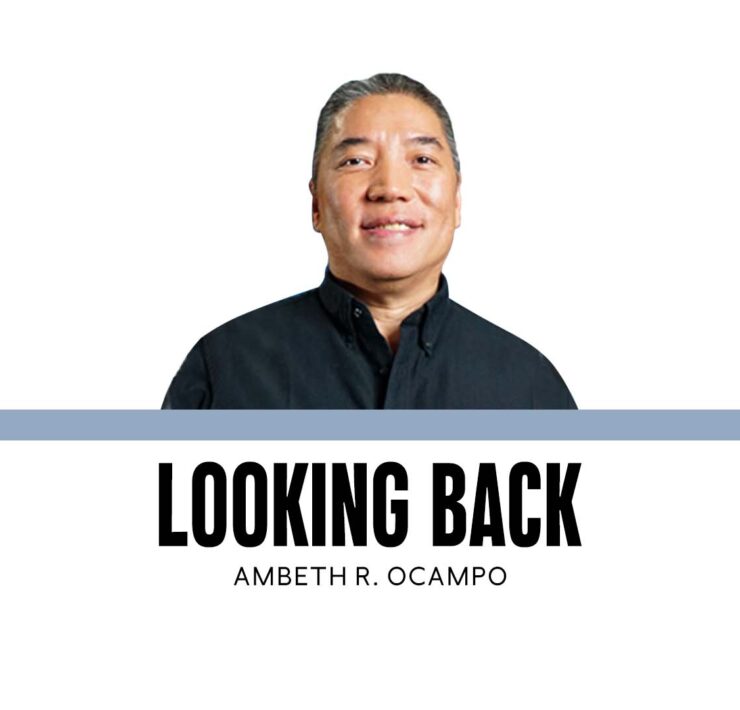


Corruption and compassion: Same difference